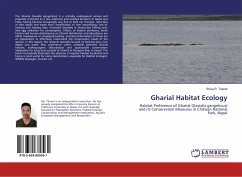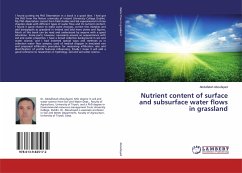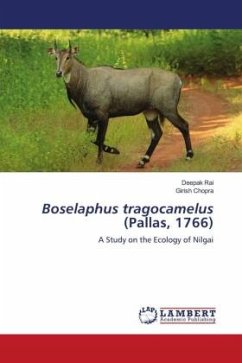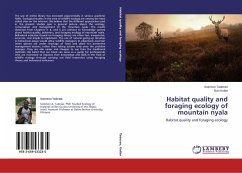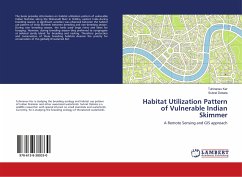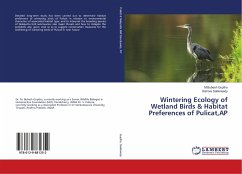The Gharial (Gavialis gangeticus) is a critically endangered animal and presently restricted to a few scattered and isolated locations in Nepal and India, having become increasingly rare due to land use changes, reduction in river depth and water flow, modification of river morphology, loss of basking and nesting sites, increased mortality in destructive fishing nets, and egg collection for consumption. Effects of habitat attributes; biotic factors and human disturbances on Gharial distribution and abundance are either inadequate or completely lacking, and thus information of these are an impediment to effectively understand the conservation needs of the species. In this regard, this research specially focused on basking sites, river depth and water flow preference within available potential Gharial habitat; anthropogenic disturbances and appropriate conservation implication for long term survival of Gharial in Narayani River in Nepal. The book has basically illustrated the selection of aquatic habitat by Gharial and hence is most useful for many stakeholders; especially for Habitat Ecologist, Wildlife Manager, Forester etc.
Bitte wählen Sie Ihr Anliegen aus.
Rechnungen
Retourenschein anfordern
Bestellstatus
Storno

